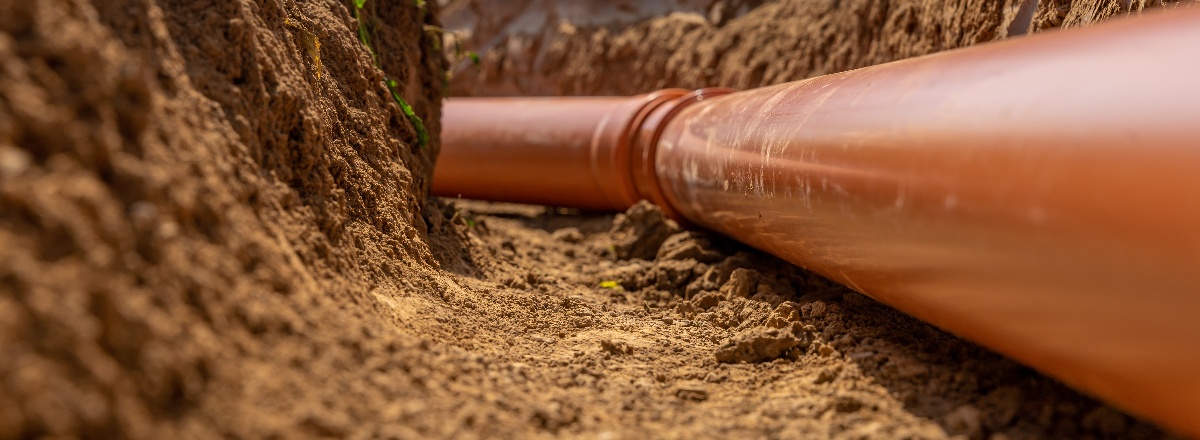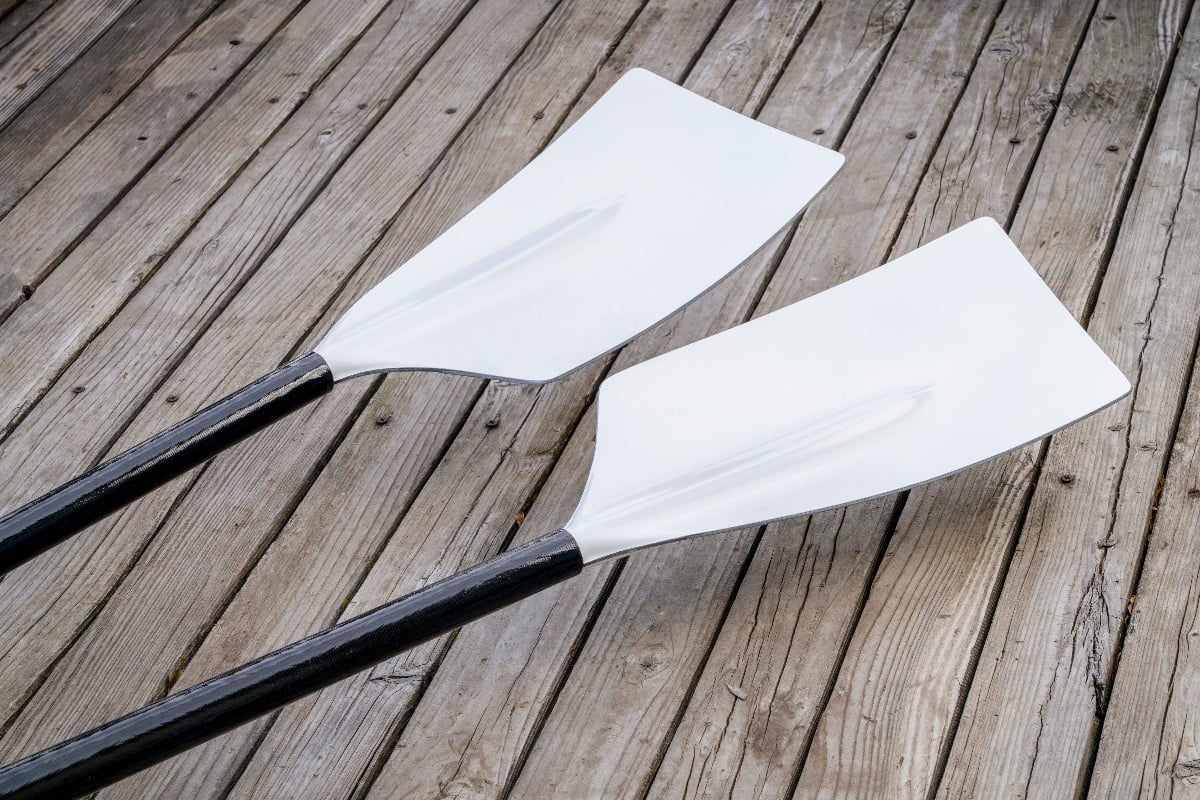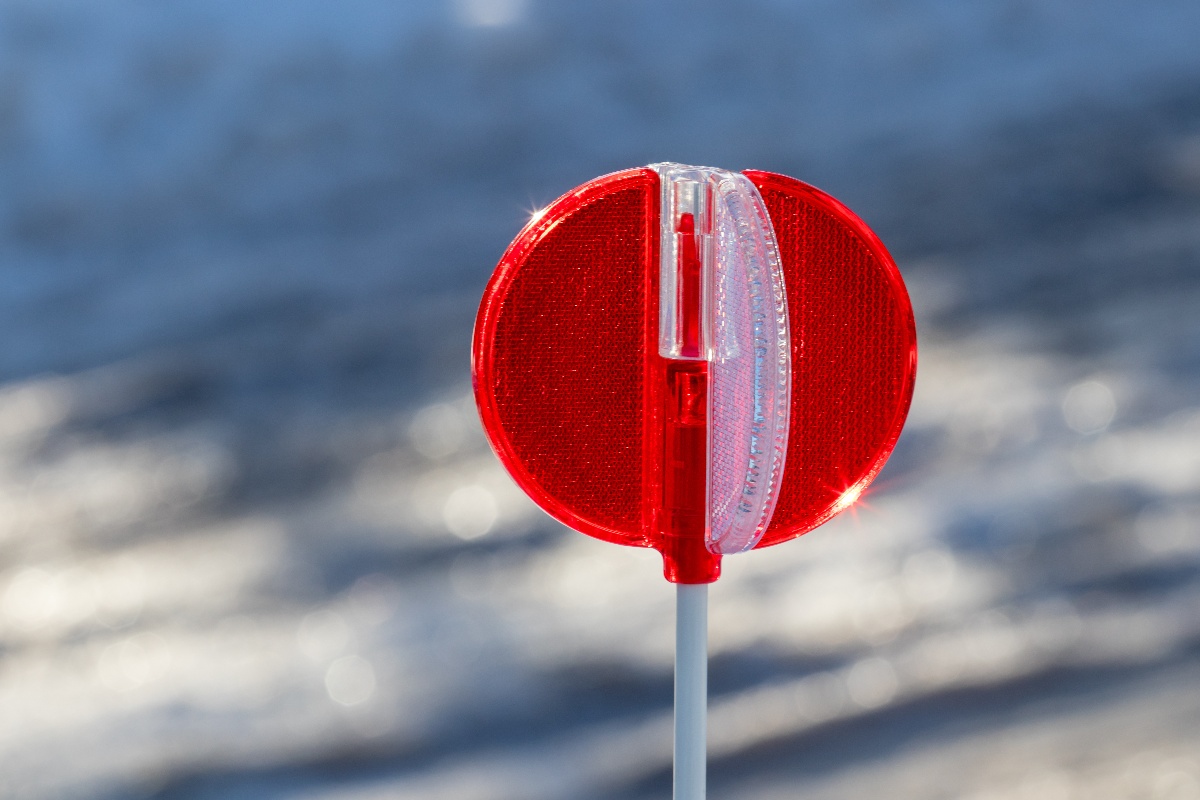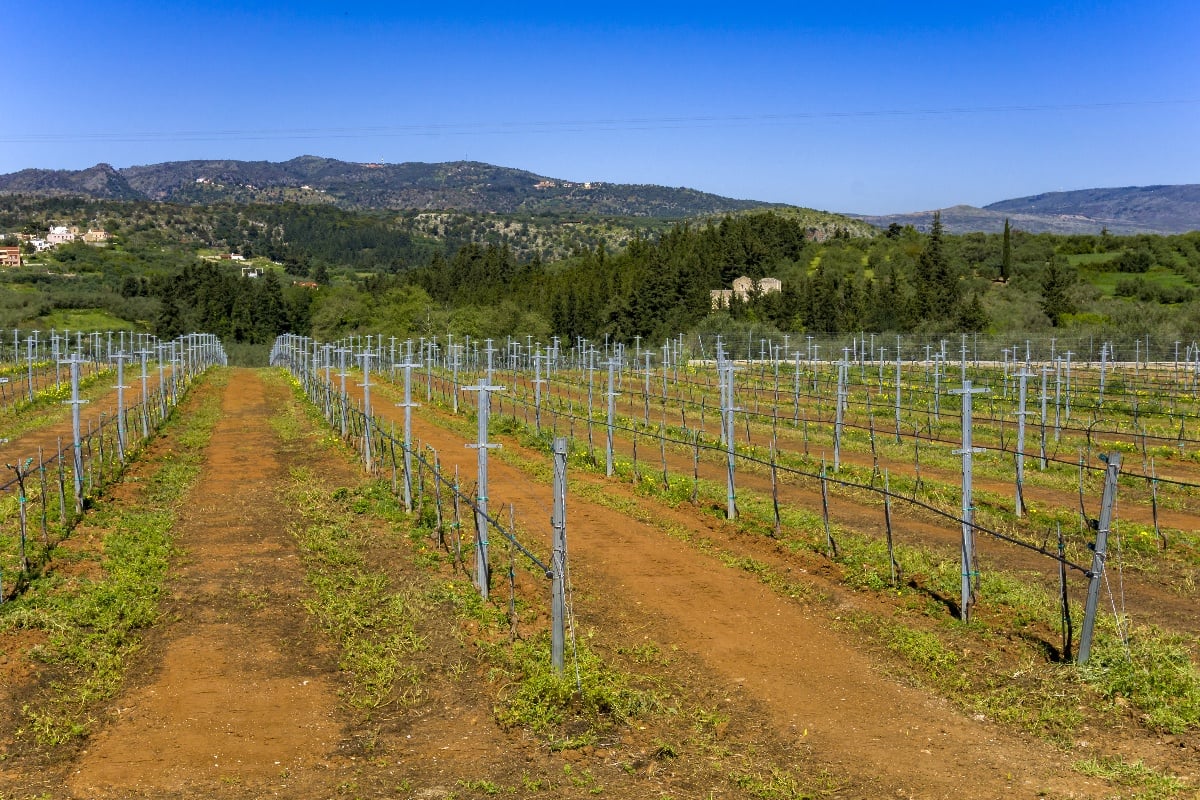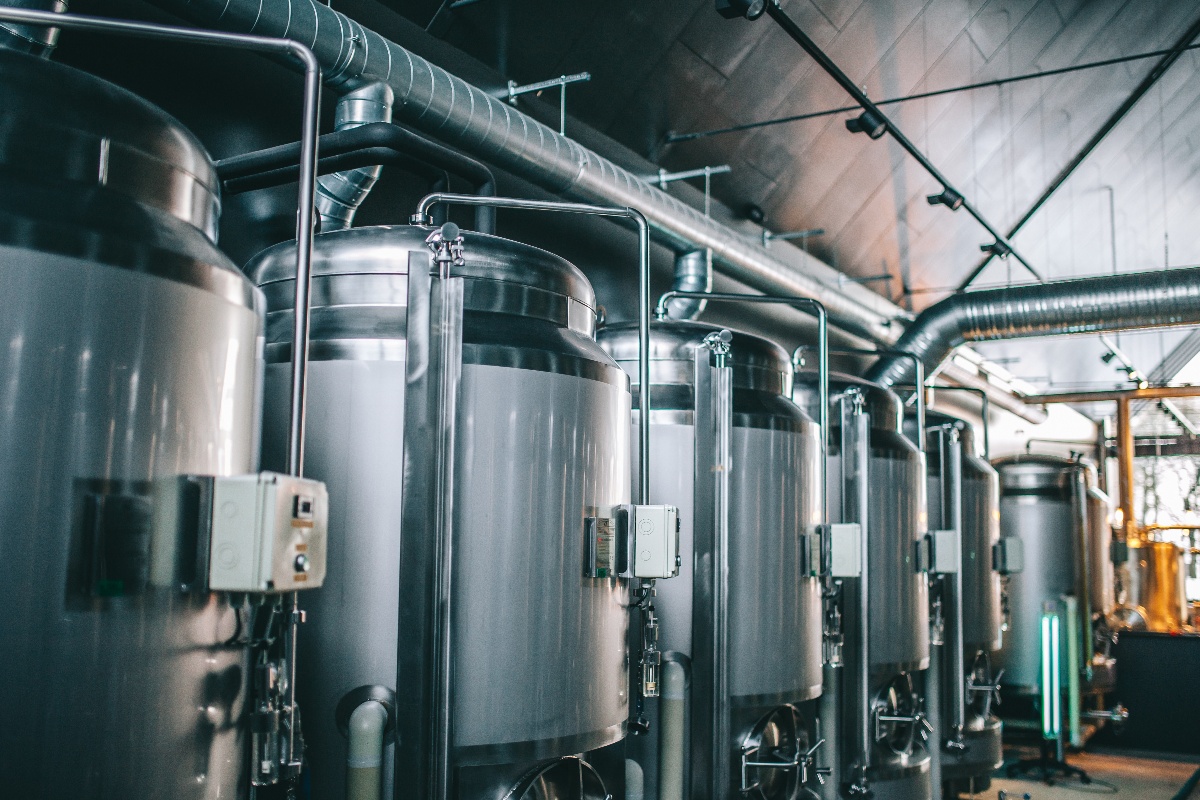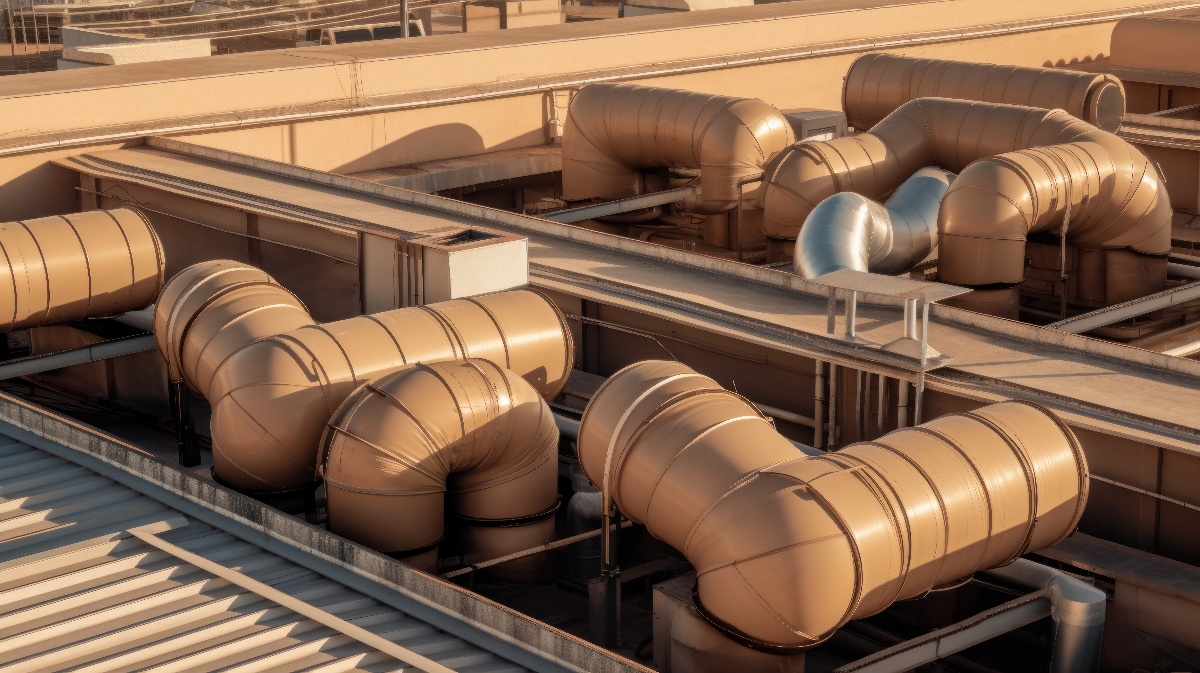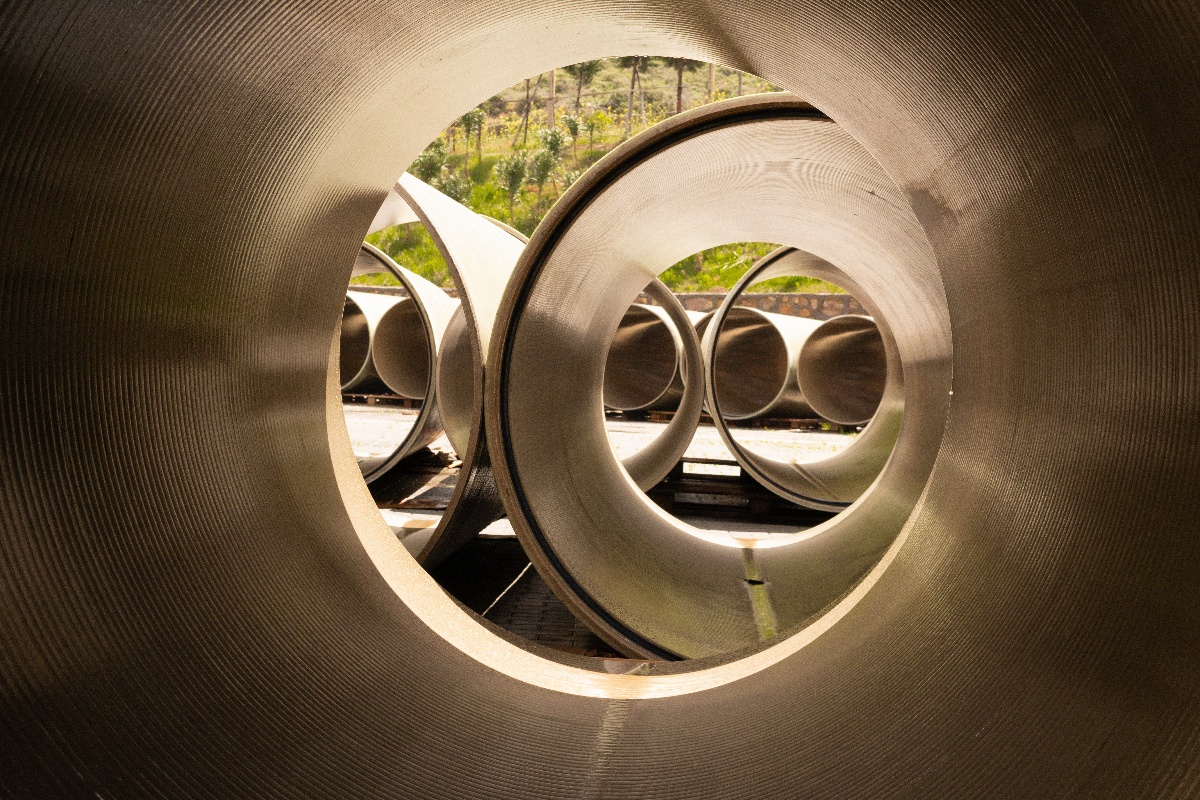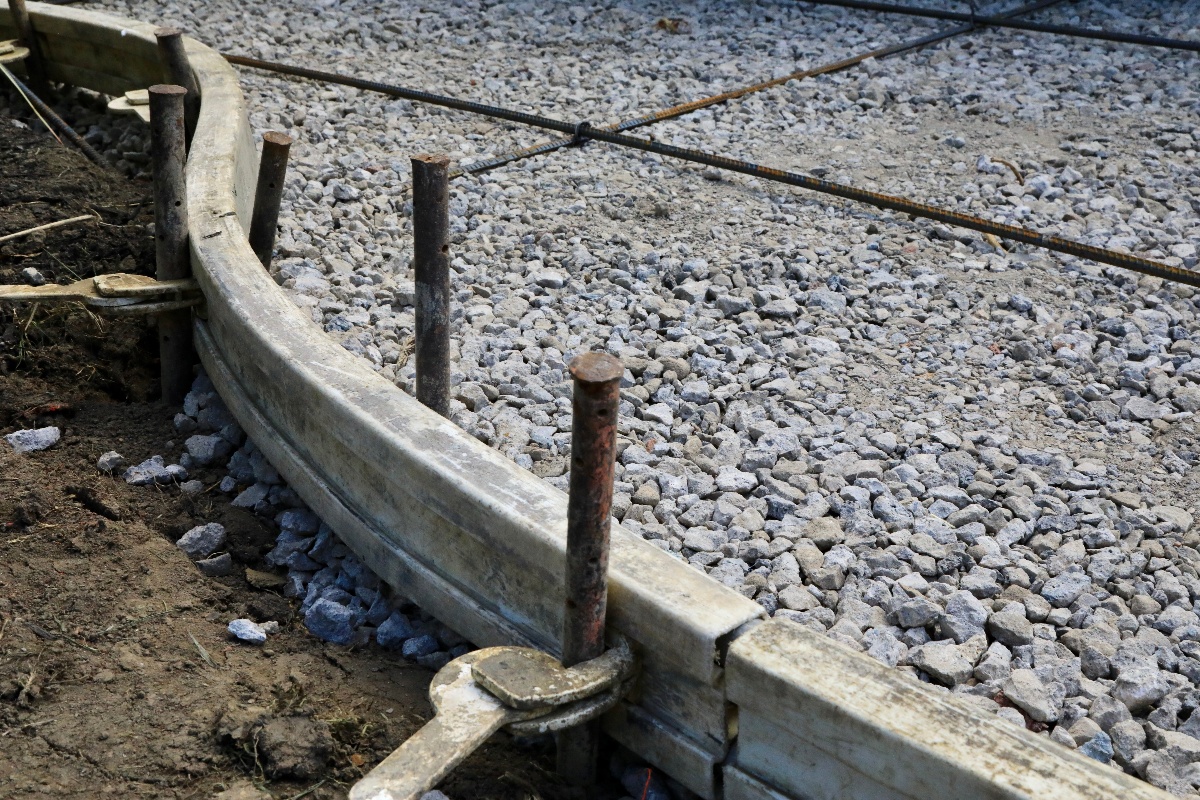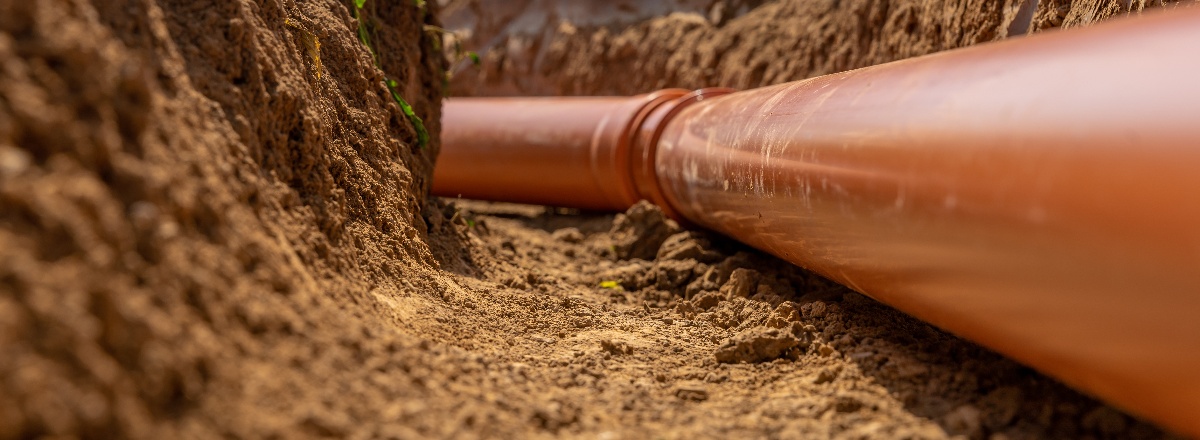
The importance of proper drainage systems can hardly be overstated. Any time that water is allowed to build up on the ground, it can lead to a number of adverse effects, including flooding and soil erosion.
Additionally, stagnant water provides a breeding ground for harmful pathogens and insects. To prevent these problems from occurring, it is critical to make sure that any surface area is properly drained.
This process often involves using special gutters and storm drains to properly route rainwater away from buildings, roads, and other areas that need to remain dry. In addition, proper drainage also involves such things as grading the landscape and adding compost or other materials to help accelerate the process of water absorption into the soil. A critical aspect of some drainage systems is the trench drain.
What is a Trench Drain?
Trench drains, also commonly referred to as slot drains, are specialized channels designed to manage the flow of water through certain types of terrain. They are typically installed in areas with high volumes of rainfall or prone to frequent floodings, like waterfronts and other low-lying areas. Trench drains feature a long, open channel that is dug into the ground and fitted with a perforated pipe.
This pipe helps to easily move water from one area to another, effectively removing any excess build-up or runoff before it causes damage to nearby structures or can hinder local plant growth. Additionally, trench drains can be easily customized depending on their intended purpose, ensuring that they provide an effective and dependable solution for any given application or environment.
Design Considerations for Trench Drains
When designing pipes and other drainage systems, engineers must always consider the potential impact that these structures might have on road surfaces and grassy areas. If a trench drain is not carefully designed and installed, it can quickly result in soil erosion and other forms of damage to the underlying land.
That is why it is essential for engineers to take into account factors such as slope, flow rate, and material composition when planning the trench drain. Additionally, they need to be able to identify risks such as debris buildup or debris accumulating in storm drains so that they can take steps to address these issues before problems occur.
Material Choice for Trench Drains
When designing trench drains for industrial settings, it is essential to choose the right materials. Not only does this help to ensure that the drain functions properly, but it also ensures that the drain can withstand exposure to heavy machinery and environmental factors like weathering. Some common materials that are often used in trench drains include polypropylene, carbon steel, and stainless steel.
Polypropylene is lightweight yet durable, making it ideal for applications where space may be limited. Carbon steel is strong and hard-wearing, making it a good choice for areas that may experience heavy traffic or harsh conditions. Finally, stainless steel is rust-resistant and has excellent heat distribution properties, making it the material of choice for many high-performance environments. Regardless of the application, choosing the right material is essential when designing a truly effective and long-lasting trench drain.
One of the most effective materials for trench drains is fiberglass-reinforced plastic (FRP).
FRP for Trench Drains
Fiberglass-reinforced plastic is a great material choice for trench drain design and applications. With its durable construction and corrosion-resistant qualities, this material is ideal for use in environments where heavy traffic, water runoff, and other factors can result in high levels of wear and tear on the drain system.
Customizable
What makes it such a great option for this type of application is its extreme flexibility and customizability. With FRP, you can completely customize the dimensions and shape of your drain system to meet the unique needs of your project. FRP trench drains can be molded into virtually any shape and size needed to suit any application, whether it is a residential patio or an industrial loading dock.
It can be adapted to accommodate different types of layouts and configurations, making it a highly versatile choice for trench drain design. You can also easily create integrated grates, covers, and other finishing elements that match or complement different architectural styles.
Corrosion Resistance
Fiberglass-reinforced plastic has long been a great material choice for applications where corrosion resistance is of the utmost importance. This material is highly durable and corrosion-resistant, making it ideal for use in moist environments where regular exposure to wastewater can pose a challenge.
Its lightweight and durable construction make it ideal for use in trench drain design, where it can withstand long periods of exposure to moisture as well as extreme heat or cold. FRP also resists most chemical cleaners and solvents, making it a safe choice for areas that need to be kept clean and germ-free. And unlike traditional metal drains, FRP does not corrode or rust, ensuring that it will continue to provide the same level of protection over many years.
Strength and Durability
Many materials are prone to damage and decay if exposed to constant water and moisture, which can lead to costly repairs or an ineffective drainage system. Fiberglass-reinforced plastic is a highly-effective material choice for trench drain design because it is strong and durable. FRP has high tensile strength and can withstand significant stress without deforming or breaking.
This sturdy and durable material is ideal for long-term use in harsh conditions, making it perfect for safely capturing water from streets and other areas where excess moisture can be problematic. This material is incredibly strong and durable, withstanding even the most extreme weather conditions without cracking or breaking. As a result, it can provide years of reliable performance and protection for your drainage system.
Whether you are designing a drainage system for your home or office building or need to find a material that will stand up to constant use in an industrial environment, FRP is sure to provide the perfect solution.

